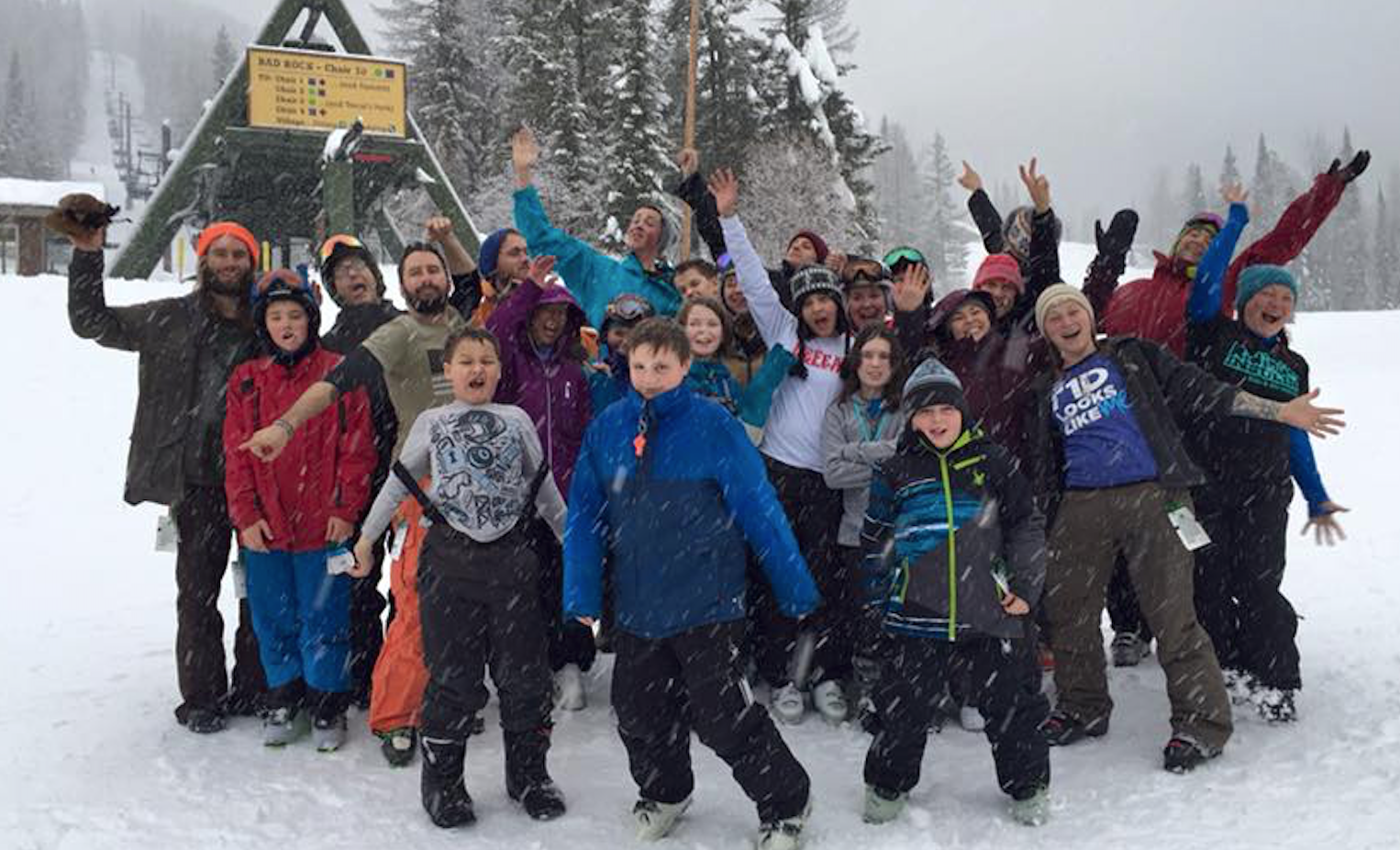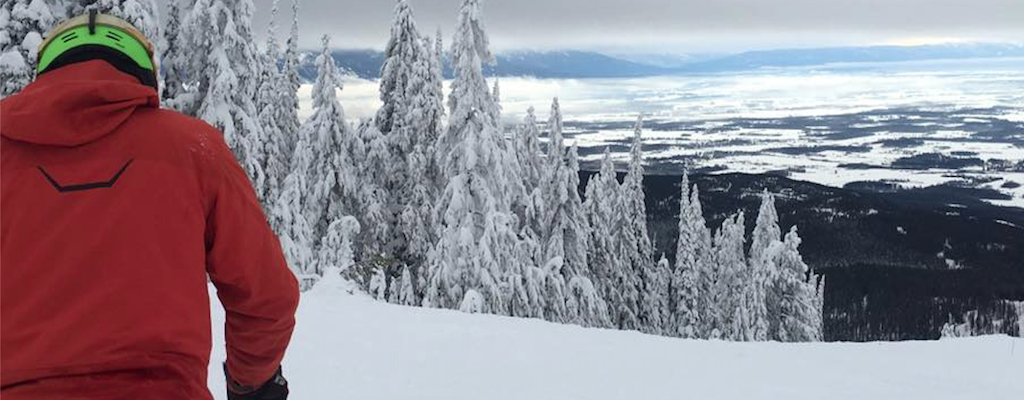Snowboard Camp Benefits More Than Just T1D Kids
Mollie and Sean Busby’s Riding On Insulin provides an amazing on-snow experience aimed at those, ages 7–17, with type 1 diabetes. But, like the organization’s mission says, their team empowers, activates and connects more than just the kids. And that’s important, because although it used to be called “juvenile diabetes” due to its historical onset at an early age, it doesn’t just go away when you turn 18.
In fact, it doesn’t go away at all. It’s there, 24 hours a day, 7 days a week, 365 days a year, and will be until we find a cure. It can’t be controlled with diet, exercise, or weight loss; we didn’t contract it by not taking care of ourselves. If we get a little defensive at that misconception, it’s likely due to the other aspect of being a person with diabetes—the nonstop emotional and psychological stress of guessing how much insulin keeps us out of the ER for high blood sugar, without accidently killing ourselves from low blood sugar.
That’s where Riding On Insulin comes into the game—in a big way. Because of the fact that simply maintaining a safe and healthy blood glucose (sugar) level through must-do things like eating and sleeping can be a real battle, the idea of being farther from the nearest juice box than your rubbery, low-blood-sugar weakened legs can walk seems to many like flirting with a very unpleasant end to the story. With no sequel. Well, Riding On Insulin is here to change that. While providing one-day ski and snowboard camps for all experience levels, including first timers, the cadre of elite coaches and medical staff create a safe environment in which kids are inspired to live a little more adventurously, and act as living proof that it can be done.
If founder Sean Busby’s pro snowboarder status, and notches on his belt for backcountry lines on all seven continents weren’t enough, kids at all the camps have the opportunity to spend the day with type 1 diabetes (T1D) superstars. At the Whitefish camp they had the chance to shred with career Hollywood stuntman turned veteran Ironman contender, Mikey Avery, as well as singer/songwriter, Crystal Bowersox—who finished second on American Idol a few years back. All three have something in common—whether they’re sending it on the Antarctic Peninsula, cycling through the toughest endurance race on earth, performing in front of thousands of fans, or just enjoying a day at The Big—they have to check their blood sugar. And that went over pretty well with me and the kids when Carla Cox, our Missoula-based PhD, RD and all around superstar in the outdoor T1D community, reliably adhered to Riding On Insulin’s rule of blood sugar checks every other chairlift ride. Having to stop and check, and maybe dig a juice box out of your backpack, doesn’t seem as unfair as it sometimes does when the people you’re doing it with are real life bad-asses. Dia-bad-asses.
But the best thing about Riding On Insulin isn’t just getting to slide down a hill with sticks on your feet and prick your fingers with T1D heroes—it’s parents without diabetes (we call them Type 3’s) learning more about how to best support their T1’s, and volunteers feeling like they are a part of something. During dinner and a NatGeo-worthy slideshow from the previously mentioned participants, which is included after every camp, we heard questions about traveling with all the syringes and vials that come along with T1D, what kind of effects intense and prolonged activity can have on blood sugar, and how to support your T1’s tight control over their numbers without being overbearing. I now have type 1 friends that I can call if I need something next time I’m in California or Colorado, and others have someone they can call if they break their last bottle of insulin at midnight in Nashville. Not a single person left Whitefish without having gained something.
I still remember how I felt when I was diagnosed with type 1 diabetes two years ago, over eight years into a career of guiding, outfitting and guest ranch management—it was crippling in pretty much every aspect of my life, including workplace and social settings. I went from skiing and paddling 50 days each season to almost none. I remember telling a close friend in the workplace that I used to be an asset, but with type 1 diabetes I felt like a liability. With only a few close friends as resources, and none with T1D, changing my outlook on life was a constant battle, and one I still sometimes lose. But at least now, thanks to Mollie and Sean, I remember feeling like an asset again. Thanks to all the heroes involved with Riding On Insulin, coach and kid alike, I feel like a diabadass.
Editor’s note: Riding on Insulin is one of the Beyond Type 1 inaugural grant recipients. Their commitment to empowerment and community aligns with our mission, motivating kids and adults to be active and positive while connecting with the larger type 1 community.





